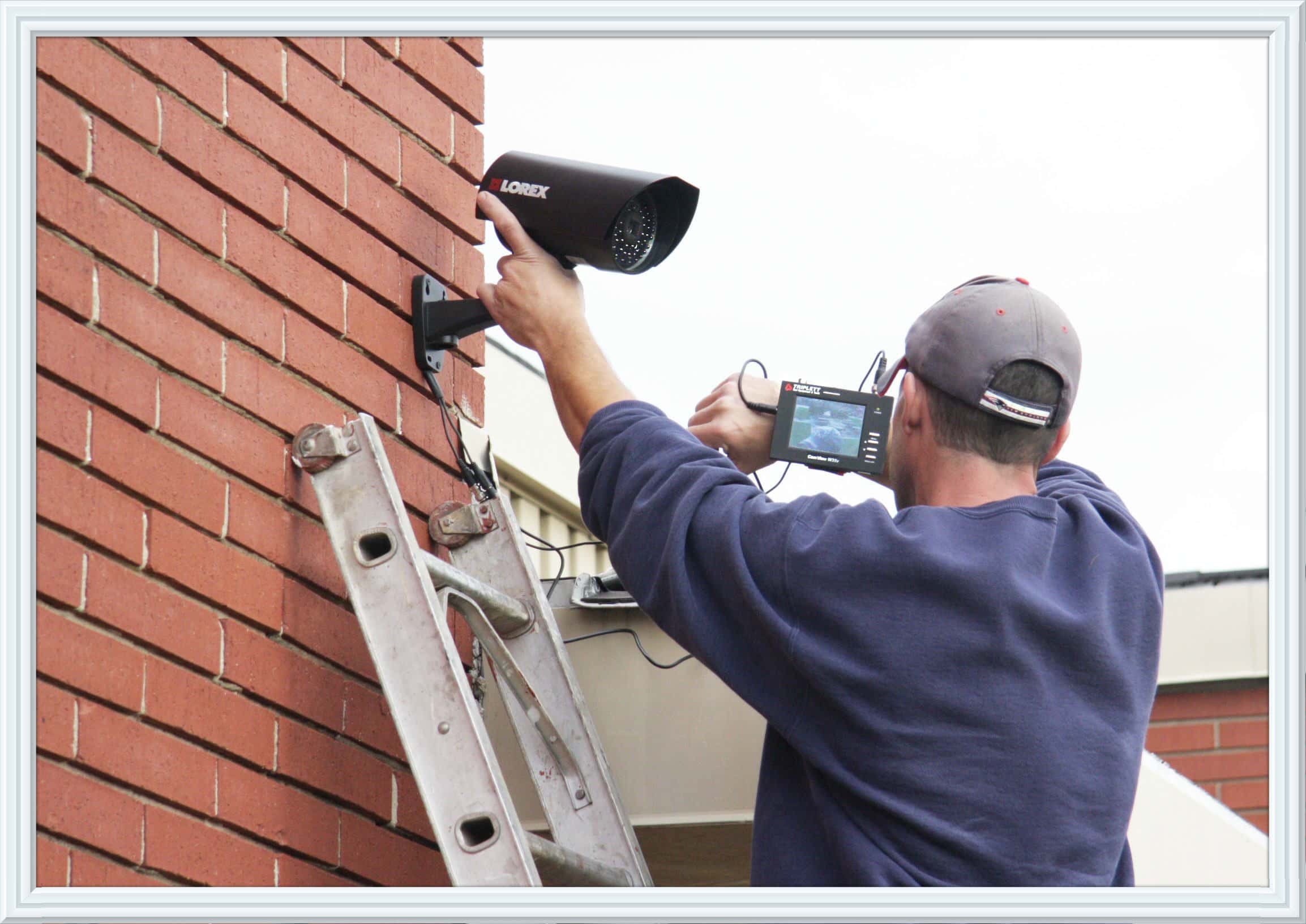


Next, assess the door’s locking mechanism. Is the door new? Old? Solid-core? Cracking at the edges, or rusting at the hinges? Older metal security doors can easily lose their stability when they begin to rust at the edges, and although they may look solid, they can be hollowed out inside by rust and corrosion.

Alternately, pieces of fiberglass batt insulation can be loosely rolled up and stuffed into the joist cavities against the header.Assess your current door security before you begin.

To insulate these spaces, cut pieces of 1 1/2-inch-thick extruded foam insulation, insert them into the joist spaces against the outer rim joists and headers, and seal the gaps around the foam with a spray foam sealant, such as Great Stuff. In older homes, these basement joist spaces are left "as is" and are rarely insulated. While the vertical walls that sit atop the flooring are themselves insulated, the spaces below the walls are not, and where these rim joists and headers are exposed to the outside air, enormous heat loss can occur. Your house's non-insulated rim joists and headers are probably the biggest offenders when it comes to heat loss. The headers and rim joists are the outer framing members of the floor platform that rests on the concrete foundation. The Spruce Home Improvement Review Boardįall and winter are the best times to finish your basement, at least from an energy-control standpoint. This is the time when temperature spikes are at their greatest and will be more visible on the thermal camera.


 0 kommentar(er)
0 kommentar(er)
